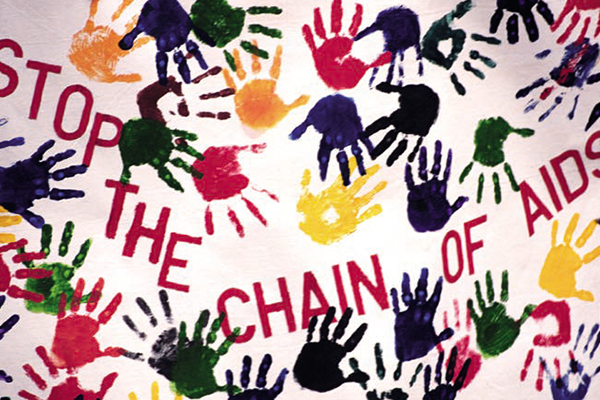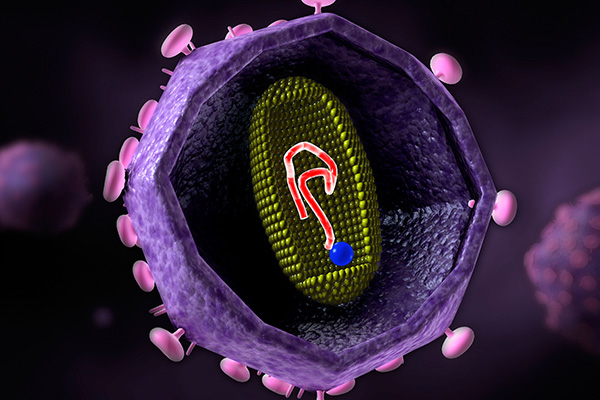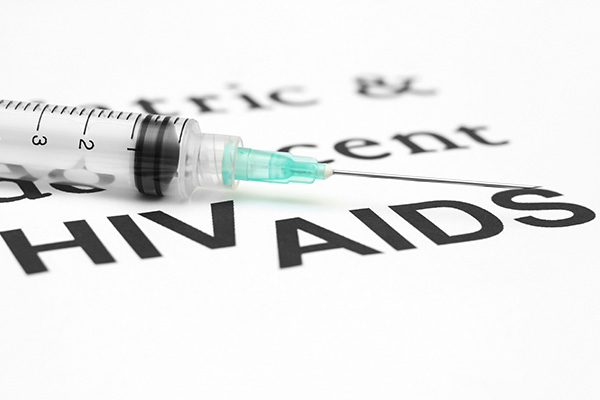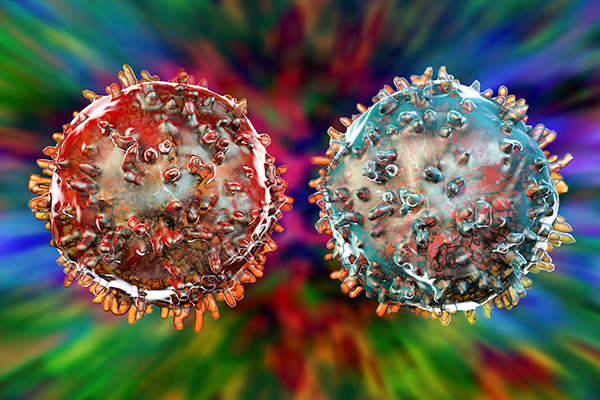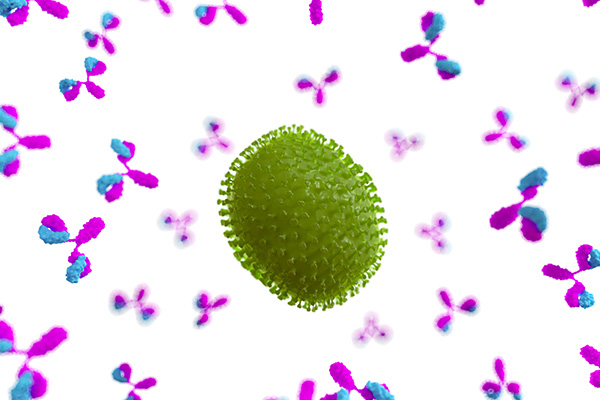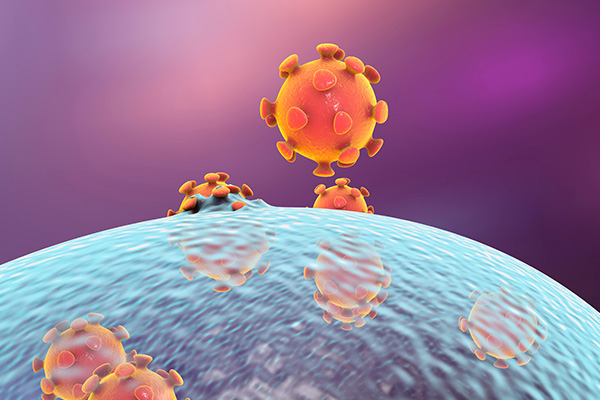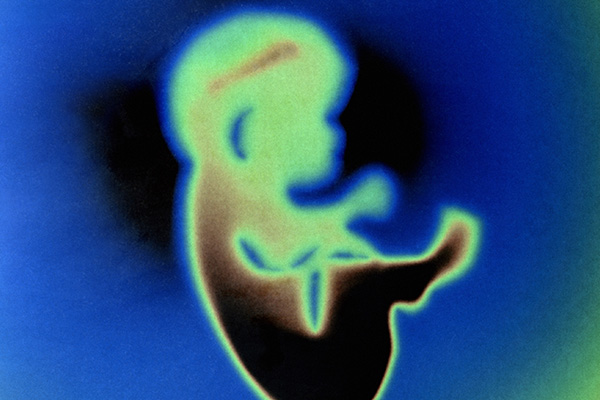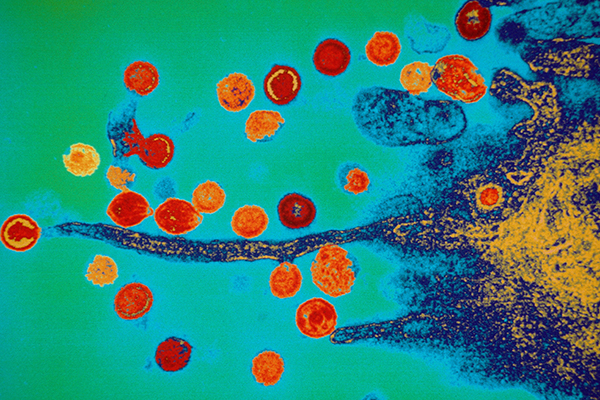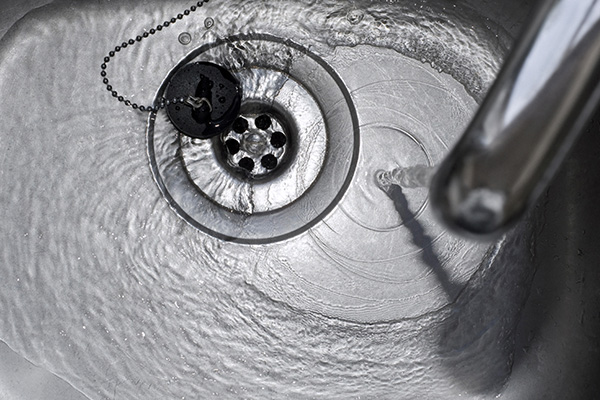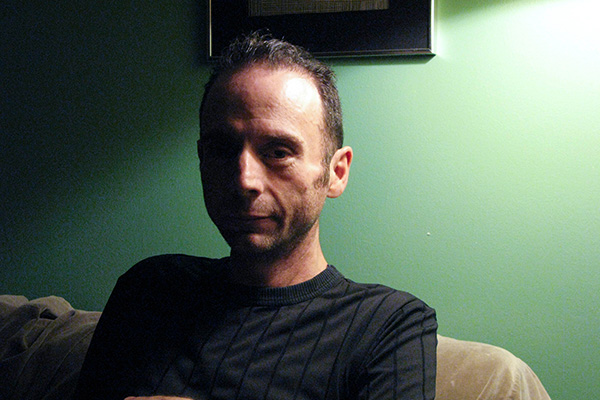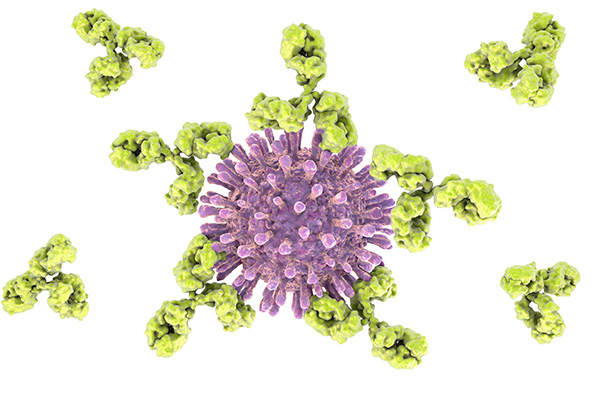Milestone 1 (1981)
First reports of AIDS cases
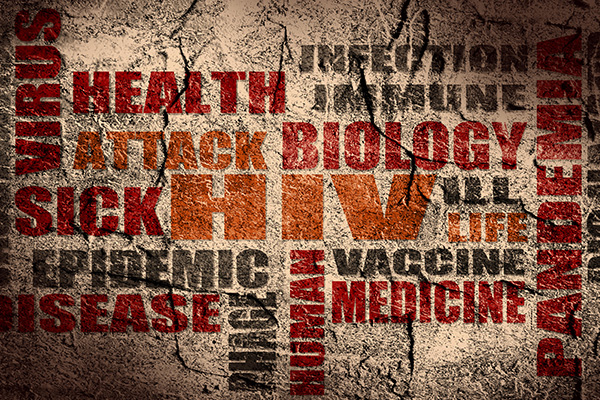
In Morbidity and Mortality Weekly Report, a group of clinicians described five previously healthy men who had contracted pneumonia caused by an opportunistic pathogen normally associated with severe immunosuppression. The findings would soon be recognized as the first report of AIDS in humans. Read more
Video 1
The global response to HIV
Watch Anthony S. Fauci, head of the National Institute of Allergy and Infectious Diseases (NIAID) discuss the early stages of the AIDS pandemic, the clinical and scientific response, and prospects for the control and cure of HIV.


